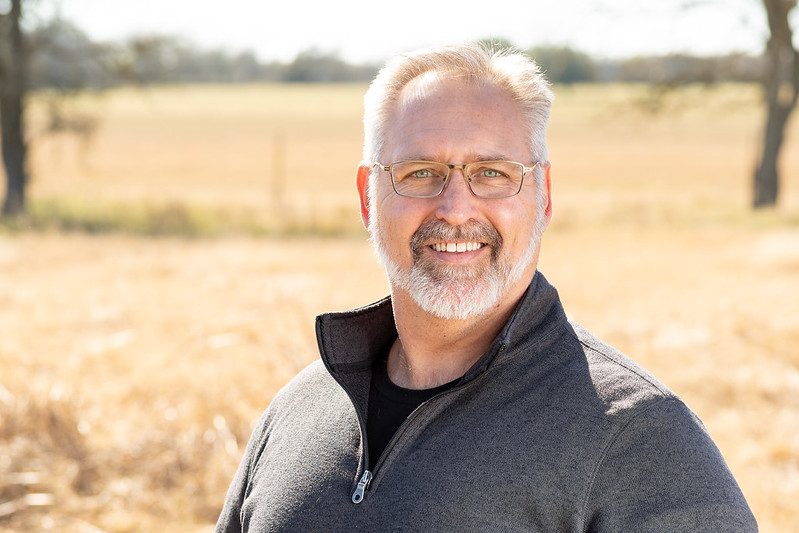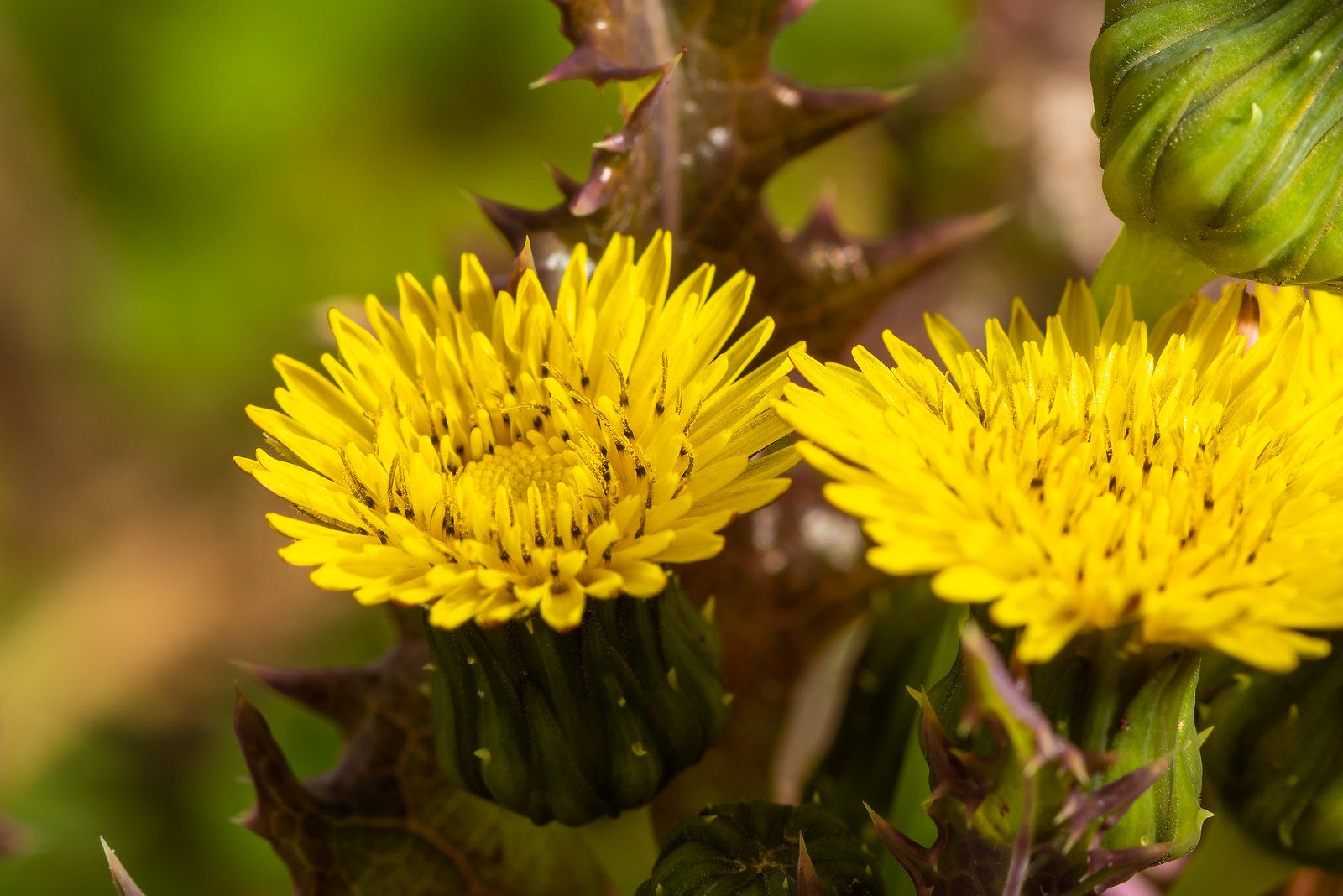 Originally posted by Des
Originally posted by Des 
Thanks very much for that. Fill flash helps bring out details like that. As has been said here, the hardest part with insect macro in the field is getting the focus right, because you usually need to shoot handheld and the DOF is very thin, even at narrow apertures.
Des, do you mind me asking,
1: Did you use any tele-converter or magnifier for those bee (wasp??) shots, or just the 100mm Macro?
and
2: With the 100mm Macro, how close would you have to get to get that kind of shot ( and is what we see here the original, or cropped?)
I am planning, end of June, on a new KP body, and the 55-300 PLM, and either the 16-85mm F3.5-5.6zoom, and/or the 100mm F2.8 Macro, to get some good modern lenses (the bulk of my lens are film-era Pentax M lenses) and am wondering for instance, how close the100mm Macro needs to get compared, say, to my old Pentax M 50mm Macro (which is still doing its job well, subject to how well I use it!!!)
The only working flash I have at the moment is the built-in flash on my K50: probably not that useful for close-ups. Way back in the late 1970s I bought the then very impressive Vivitar "auto-thyristor" 283 Flash with its own (removable) built-in sensor. You could leave the sensor on the camera's hot shoe, and have the flash away from the camera, connected via a cable.


 Similar Threads
Similar Threads 





























